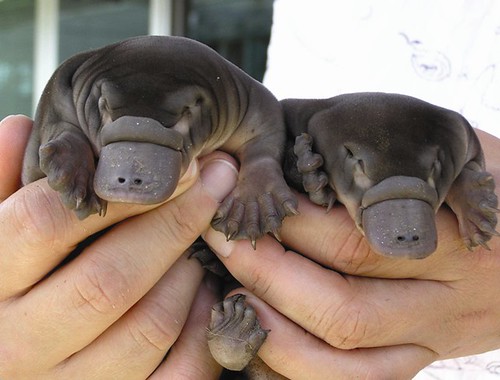Big cats, often seen as the epitome of wilderness and strength, have more in common with our beloved domesticated felines than we might think. A recent study has unveiled a fascinating aspect of their behavior – the ability to distinguish between familiar and unfamiliar human voices. This trait, previously observed in domestic cats, is now found to be shared by their exotic cousins, including tigers, cheetahs, cougars, and snow leopardsThis discovery sheds light on the complex social dynamics and cognitive abilities of big cats, challenging the common perception of them as solitary and aloof creatures.
It suggests that these majestic animals may have a more nuanced understanding of their environment and interactions with humans than previously thought. Further research is needed to fully understand the implications of this finding and how it may impact conservation efforts for these incredible species.

The research, conducted by Prof. Jennifer Vonk of Oakland University, involved studying various exotic cat species in captive settings such as zoos, sanctuaries, and nature preserves. The study revealed that these big cats, much like our pet cats, responded more quickly and with greater intensity to familiar human voices than to unfamiliar ones. This held true regardless of whether the cats were hand-reared or mother-reared, and irrespective of their sex.These findings suggest that the bond between humans and cats may have deep evolutionary roots, transcending species and environments. The research opens up new possibilities for understanding the complex relationship between humans and these majestic predators, shedding light on the ways in which communication and social bonds have developed between us over time.
The study’s findings suggest that the ability to discern individual human voices is not a result of domestication but simply due to regular exposure to humans. Prof. Vonk posits that similar results would likely be found in wild cats, provided they heard the same human voices often enough. This challenges the long-held belief that domesticated animals have evolved to better understand human communication, suggesting instead that familiarity plays a key role in this ability. Further research in wild animal populations could provide valuable insights into the origins of interspecies communication.
Interestingly, the inclusion or omission of the cats’ names in the phrases made little difference to their responses. This indicates that it’s not just the specific words, but the overall sound and tone of the familiar voice that the cats are responding to. It suggests that cats may rely more on auditory cues and the emotional connection they have with their owners, rather than simply recognizing specific words or names. This highlights the importance of the bond between cats and their owners, and the role that familiarity and emotional connection play in their communication.
The research also sheds light on the social cognition of these solitary animals. While big cats are often seen as aloof and indifferent, this study suggests that they are far from socially inept. In fact, their ability to recognize familiar voices could be crucial in the wild for identifying their own cubs and keeping tabs on who might be in their neighborhood. Furthermore, this research challenges the stereotype of big cats as solitary and antisocial creatures. By demonstrating their capacity for social cognition and recognizing familiar voices, we gain a deeper understanding of the complex social dynamics at play within these majestic animals. This insight not only enhances our appreciation for their intelligence but also underscores the importance of preserving their natural habitats to ensure their continued survival.
The study provides a fascinating insight into the acoustic intelligence of big cats and their surprising similarities with domestic cats. It challenges our perception of these majestic creatures and adds a new dimension to our understanding of their behavior and cognition. The research opens up exciting possibilities for further exploration into the communication and social dynamics of big cats, shedding light on their sophisticated vocalizations and the role they play in their interactions with other individuals. This groundbreaking study paves the way for a deeper appreciation of the complexity and intelligence of these remarkable animals.
Related posts:
Big cats can tell apart known and unknown human voices, study finds
Big Cats Can Tell Trainers’ Voices From Strangers




